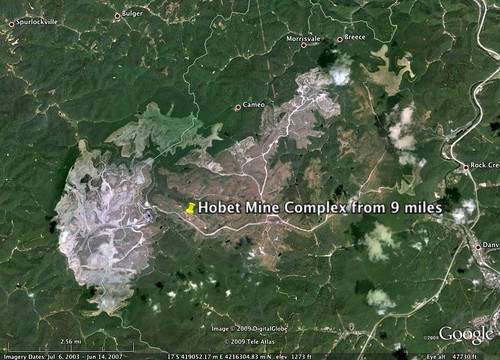Last night the Dendron town council moved forward on permitting the Cypress Creek coal-fired power plant. Can’t say they really voted for it since the 3 council members against the plant abstained from voting. The Mayor decided that this was still considered a tie vote and cast the deciding vote in favor of re-zoning the land. Legal experts feel that this highly unusual so we shall see what happens on that front.
During that meeting, an economic analysis was publicly released for the first time. The analysis estimates that during the height of construction, only 3 Dendron residents would be employed to build the plant and only 14% of those temporary construction jobs would go to Surry County residents. Even fewer locals would be permanently employed if the plant is built due to the highly specific skills required for the jobs needed. You have to wonder how half of the Town Council and the Mayor could still vote in favor of such a destructive project with so few jobs coming to the local community.
Nevertheless, coal plant opponents are winning. You may be scratching your head wondering how I came to that conclusion, so let me tell you. ODEC submitted its applications for this project to DEQ in December 2008. A year and 3 months later they are just now getting the local permits so that that application can begin moving forward. What should have been the easiest part of this lengthy process for them took over a year. ODEC should be wondering if this is how long the EASIEST part is going to take, how long will the more in-depth applications take? Only time will tell, but we will be there along with thousands of other Virginians to stop this plant in its tracks. They may have won this battle but we prolonged it and we WILL win the war!


 Today, coal’s dirty little secret is revealed in a pretty rural portion of Prince George’s County, Maryland.
Today, coal’s dirty little secret is revealed in a pretty rural portion of Prince George’s County, Maryland.



